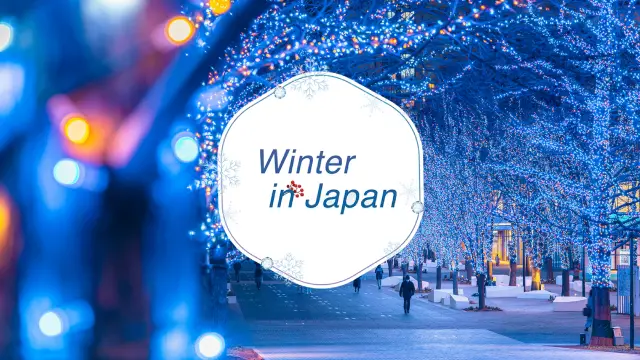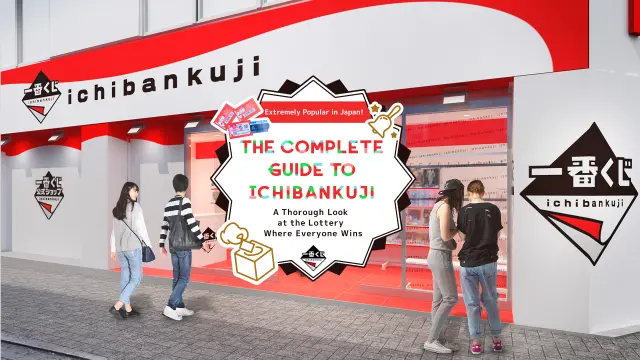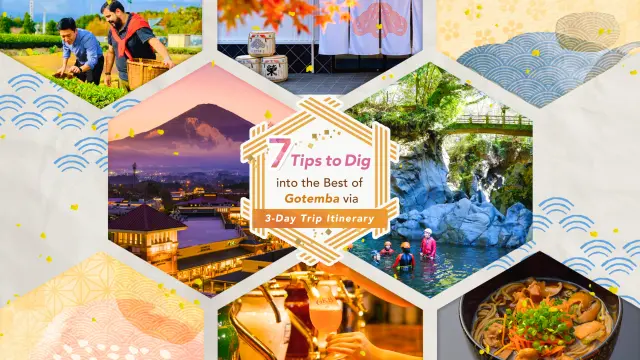After winning the Battle of Sekigahara in 1600 and unifying the country, Tokugawa Ieyasu had Nijo-jo Castle built as his base in Kyoto. It is a historical monument with a history of over 410 years as a castle in the heart of the capital. It was designated a UNESCO world heritage site as a part of the “Historic Monuments of Ancient Kyoto” in 1994.
The first structure built at Nijo-jo Castle was the Ninomaru Palace, not the Honmaru-goten Palace. The Kara-mon Gate, with its gorgeous Karahafu gable with carvings and ornamental metal fittings under the eaves, was built later on higher ground than the Tsuiji roofed mud wall, on the occasion of the visit of Emperor Go-Mizunoo.
Located beyond the Kara-mon Gate is the only remaining early Edo period structure in the castle, the National Treasure Ninomaru-goten Palace. On the vast premises, there are six buildings called Tozamurai, Shikidai, Ohiroma, Sotetsu-no-ma, Kuro-shoin, and Shiro-shoin, and they are connected in the shape of flying geese. The First and Second Rooms in the Ohiroma (main hall) are known as the places where the last shogun Tokugawa Yoshinobu announced the Restoration of Imperial Rule. Also, the Ninomaru Garden, a special place of scenic beauty, is a Shoin-zukuri style garden redesigned by Kobori Enshu.
The Honmaru was built by Tokugawa Iemitsu in 1626 when Emperor Go-Mizunoo visited here. It had the dignity and majestic presence of a castle, with a five-story castle tower and five main buildings. However, most of them were destroyed by lightning and major fire, which is why Nijo-jo Castle is more like a grand residence for samurai rather than a castle. The current Honmaru-goten Palace was relocated from the former Katsura-no-miya Palace in the Kyoto Imperial Palace in the middle of the Meiji period, and is designated as a national important cultural property as the valuable remains of a noble residence.
Highlights
-
The Kara-mon Gate, with its gorgeous Karahafu gable and ornate decorations.
-
The Ninomaru-goten Palace is a national treasure and a valuable relic from the early Edo period.
-
The Ohiroma of the Ninomaru-goten Palace is where the Restoration of Imperial Rule took place.
-
The Ninomaru Garden is said to have been designed by a famous garden designer Kobori Enshu.
































